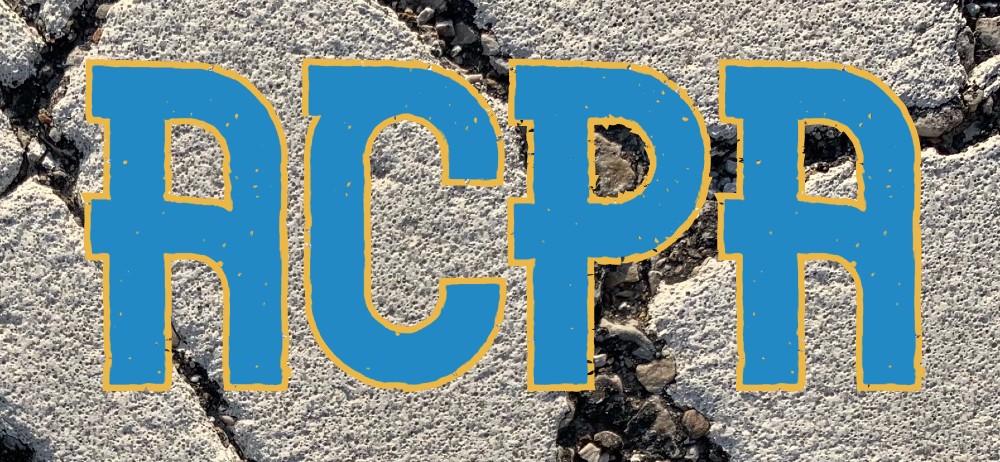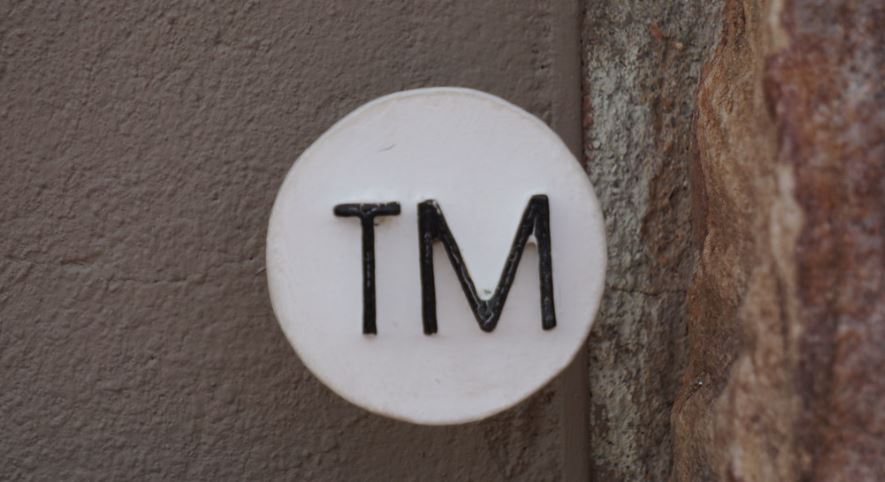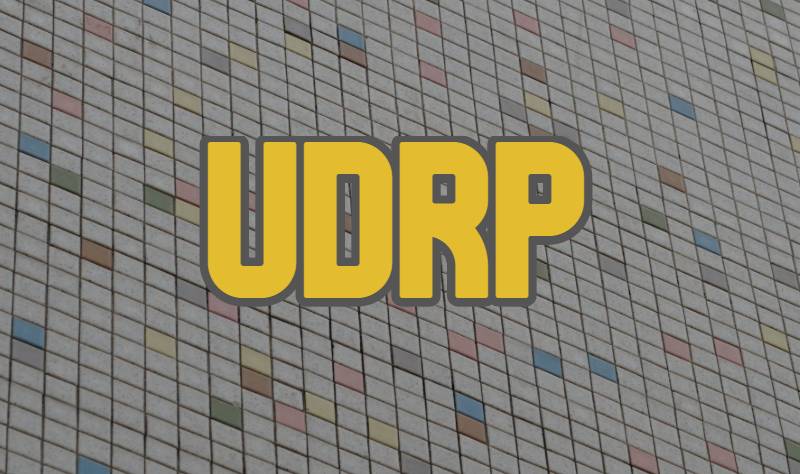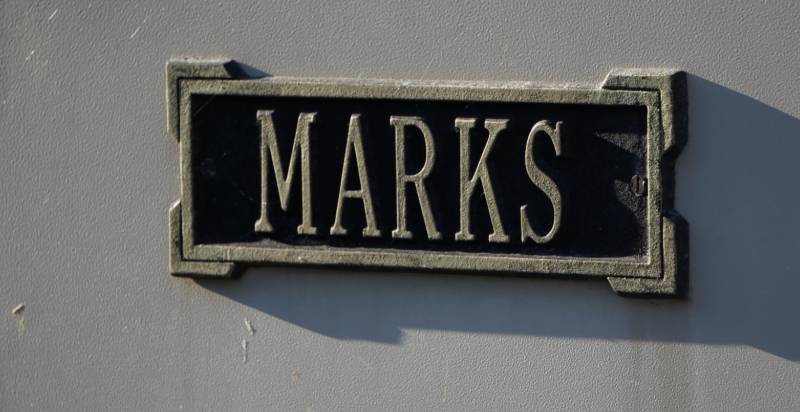A trademark license is important. Let’s say that your company is going to enter into an arrangement whereby it is going to manufacture and sell another company’s products, or your company is going to integrate another company’s services into its own offering. These could take the form of reseller agreements or distribution agreements.
A critical piece of that arrangement is a trademark license. Here are three key things to keep in mind when entering into a trademark license.
What trademarks are being licensed?
The first thing to keep in mind is that you will need to actually specify which marks are being licensed. Are they word marks? Logos? You will want to be precise about that, and the agreement should specify clearly which marks are the subject of the agreement. The parties should also define standards for how the marks should appear. And the agreement should contain minimum standards for the quality or performance of the goods or services that will be provided.
How will the marks be used under the trademark license?
The second thing to keep in mind when entering a trademark license is to determine how the marks are actually going to be used. Will they be affixed to the products? Are they going to be in product literature and marketing collateral? One must define the scope of the permitted use so that the parties have an understanding of the arrangement.
Quality assurance provisions
The third thing to keep in mind when negotiating a trademark license is the quality assurance provisions. A party granting rights may lose those rights if it does not have a meaningful remedy to stop wrong use. This may occur if the trademarks under the license agreement do appear as they should, or if the quality of the goods and services being provided does not meet certain standards.
Evan Brown is a technology and intellectual property attorney in Chicago. Need help? Call Evan at (630) 362-7237 or set up a time to talk by emailing him at ebrown@internetcases.com.
See also: Six things business owners should know about trademarks




